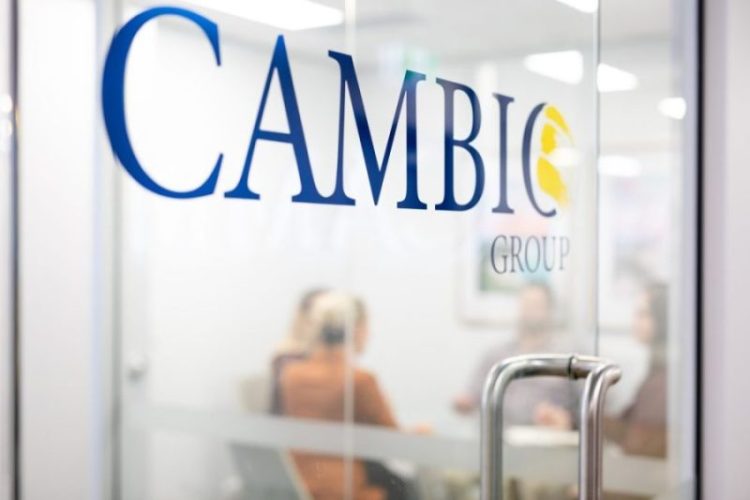Financial Planning, Superannuation
Tax Planning – reduce tax using the super carry forward provisions by 30 June
5 June 2023
The end of the financial year is rapidly approaching and, along with it, the opportunity to claim a tax deduction on additional superannuation contributions.
Why contribute more to super?
Superannuation does impose restrictions on access to your money. It is, after all, intended to provide for your retirement. So why would you lock up more of your money? Because superannuation remains one of the most tax-favoured environments within which to build wealth. That can make it an ideal place to invest your long-term savings.
What are concessional contributions?
Concessional contributions are super contributions that have been claimed as a tax deduction by someone. They include employer contributions – both super guarantee and salary sacrifice – as well as personal contributions on which you may be eligible to claim a tax deduction.
How much can I contribute?
From the 2021/22 financial year, the limit on concessional contributions from all sources is $27,500. For example, if your annual salary is $150,000 and you only receive super guarantee contributions, your employer will contribute $15,000 (10.0% of your salary) to your fund in 2021/22. That means, if you meet the eligibility terms, you can claim a tax deduction on personal contributions of up to $12,500 in 2021/22.
There is the opportunity to contribute more than this by using previous year unused concessional caps.
The ATO Website provides the following information and example.
Carry forward unused concessional contributions
From 2019–20, carry forward rules allow you to make extra concessional contributions – above the general concessional contributions cap – without having to pay extra tax.
The carry forward arrangements involve accessing unused concessional cap amounts from previous years. An unused cap amount occurs when the concessional contributions you made in a financial year were less than your general concessional contributions cap.
Example: carry forward concessional contributions (one year)
Anna’s concessional contribution cap for the 2019–20 year is $25,000. Concessional contributions during that year, including her employer’s SG payments, were $15,000. Anna’s total super balance for the previous financial year was $328,000.
In January 2021, she receives a company bonus of $10,000 which, as part of a valid salary sacrifice agreement is paid into her super. Anna knows that she also will earn more in 2020–21 and that her employer contributions and her other salary sacrifice contributions will add up to $25,000 (the general concessional contributions cap).
However, as Anna has $10,000 worth of unused concessional cap amounts from 2019–20 she will not exceed her cap for the 2020–21 year
End of example
To use your unused cap amounts you need to meet 2 conditions:
- your total super balance at the end of 30 June of the previous financial year is less than $500,000
- you made concessional contributions in the financial year that exceeded your general concessional contributions cap.
The amount of unused cap amounts you can carry forward will depend on the amount you have contributed in previous years, starting from 2018–19. You can use caps from up to 5 previous financial years, including when you were not a member of a super fund.
The oldest available unused cap amounts are used first. For example, unused cap amounts from 2018–19 would be applied to increase your cap first before unused cap amounts from 2019–20.
Unused cap amounts are available for a maximum of 5 years and will expire after this. For example, a 2018–19 unused cap amount that is not used by the end of 2023–24 will expire.
If, after applying all your available unused cap amounts, you still have excess concessional contributions, you may need to pay extra tax.
When is the deadline and what paperwork is required?
Your contributions must be received and credited by your super fund by 30 June. To play it safe make your personal contribution at least two weeks before the end of financial year.
You must also notify your superannuation fund that you intend to claim a tax deduction for a personal contribution. Your fund may send you the appropriate form to complete or you can use form NAT 71121 available from www.ato.gov.au to provide written notification to your fund. Your super fund must acknowledge receipt of this notice to make it a valid claim.
What if I’m approaching the cap?
If you’ve maxed out your cap for this year and your spouse’s income is under $40,000, you may pick up a tax offset of up to $540 by making a spouse contribution to their fund.
Need help?
Your financial adviser can help you work out how to make the most of your concessional contribution cap and explain the finer details. And if you miss this year’s deadline, talk to your adviser about putting in place a plan to ensure you take advantage of next year’s concessional contribution opportunity.
If you have any questions or would like some advice, please reach out to our team at Cambio Group. We are more than happy to help.
Get in touch today!
Disclaimer: The information (including taxation) in this website does not consider your personal circumstances and is of a general nature only – unless otherwise stated. You should not act on the information provided without first obtaining professional advice specific to your circumstances.
A full compliment financial services group with 1 simple mission:
to deliver positive change in the lives of our clients
For over 20 years we’ve been helping people like you make smart, informed business and financial decisions. We’re in this to make a difference, to help you avoid the common mistakes that prevent people from building a business and creating a life they truly love.

